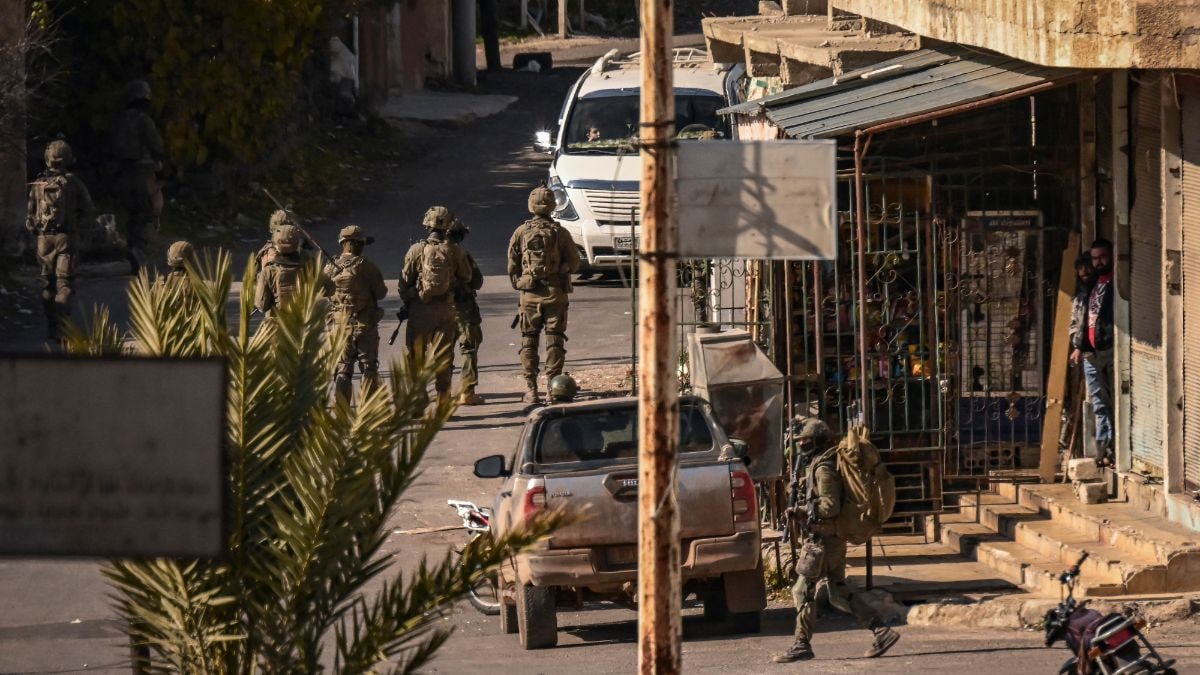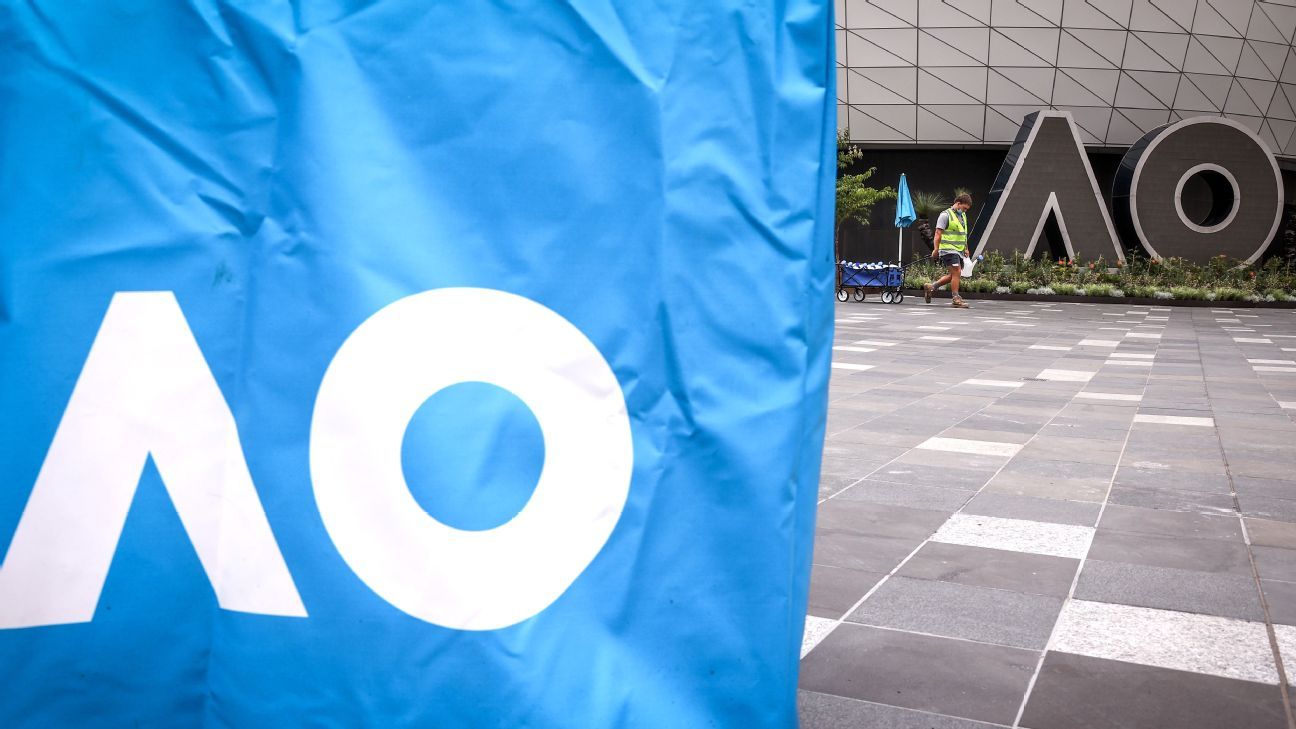It’s Not Christmas in Buenos Aires Without Pan Dulce


In the Argentinean capital, waiting in the heat for Genovese sweet bread is an annual holiday tradition
In the days before Christmas, devotees usually begin queueing around 6 a.m. outside Plaza Mayor, an unassuming bistro in a historic but weathered neighborhood of Buenos Aires. By the time the restaurant opens its doors three hours later, the line stretches for several city blocks and the nearby 200-foot obelisk — an icon of the Argentine capital’s cityscape — gleams in the fast-warming sun.
The crowds brave the summer heat and mind-numbing wait times because they are in search of Buenos Aires’s hottest commodity come December: Plaza Mayor’s pandolce, an Italian, Genoa-style sweet bread that has, over the course of decades, become a cultural touchstone throughout Argentina. Every year, its popularity moves the bistro from the periphery to the very center of Buenos Aires’s food scene, with TikTokers descending to praise the bread and film from the lines. The hoopla underscores how indispensable fruit-studded Italian sweet bread is to the Argentine holiday table.
It’s worth clarifying that pandolce is different from panettone, the other Italian sweet bread, originally from Milan, that has become more known globally. Although both pandolce and panettone are filled with nuts, raisins, and candied fruit peels, panettone is the significantly more elegant and laborious product. It requires a proofing period of up to 24 hours; billowing like brioche, freshly baked panettone must cool upside down, to prevent the fluffy dough from caving in on itself. There are fewer frills involved in traditional Genovese pandolce, also known in Italian as sailor’s or fisherman’s bread, presumably because it once served as a hardy snack during sea voyages. It’s more akin to a humble loaf of bread, no butter or eggs involved.
Argentine pan dulce is a more indulgent version of the Genovese original, with butter-enriched dough and a delirious amount of dried fruit. “In Argentina, there’s no such thing as ‘less is more,’” says Federico Yahbes, Plaza Mayor’s longtime manager and the restaurant owner’s son. “Here, we want more, more, more, in every sense.”
Plaza Mayor’s version is dotted with hazelnuts, walnuts, cashews, almonds, raisins, and candied mamón, a fruit native to South America with a tart, lime-like taste, following the recipe of Yahbes’s grandmother, Tita. He describes the bread as “dried fruit with some dough,” instead of the other way around, because of the “enormous amount of merchandise” that goes into it.
Over the course of nearly 40 years in operation, Plaza Mayor says it has made no tweaks to its pan dulce recipe. It is still as much a loaf of bread as it is a 1-kilogram piece of installation art, with an exaggerated amount of dried fruit both mixed into the dough and placed as garnish on top, where it forms a kaleidoscopic crust. (At the highest point of this mound of goodies is a signature candied fig.)
“The Plaza Mayor pan dulce stands out because of its tradition, and because it was able to really impose itself as a strong brand here,” says Juan Caparrós, a Buenos Aires-based chef and media personality, and the writer behind local food site Sin Reservas. “And what’s incredible is, if we think about Plaza Mayor, I’d say that 95 percent of us who have had their pan dulce have never tried their other food. That’s the fate they ended up with.”
While some dishes tend to recur, Christmas and New Year’s in Argentina don’t come with set menus. Pan dulce, as the bread is known in Spanish, is the one staple, like turkey on Thanksgiving. Though making it at home was a once-common tradition, in recent years, Argentines have had more and more options to turn to for high-quality artisanal pan dulce, with restaurants and upscale bakeries rolling out their versions of the holiday bread. Caparrós says Plaza Mayor’s pan dulce kicked off this trend.
Its version may also be the most interesting. Although pan dulce is an Italian import, Plaza Mayor is a Spanish bistro — and that fact makes its holiday bread quintessentially Argentine. After all, the food culture here draws as much from the blend of European immigrant traditions as it does from homegrown beef worship. In 1985, Plaza Mayor incorporated pan dulce to its menu of Spanish classics — think paella, potato tortillas, and grilled octopus — because of a hunch that it would pair well with the tart sidra, or Spanish cider, served at the time. The family that runs the restaurant has ties to both Spain and Italy, the two nations that account for the biggest waves of immigration to Argentina in the country’s history. Italian descendants now outnumber Spanish ones, and are believed to account for at least half of the country’s total population.
/cdn.vox-cdn.com/uploads/chorus_asset/file/25798248/plaza_dulce_line.jpg) Plaza Mayor
Plaza Mayor
“A Spanish restaurant selling pan dulce, it’s like a symbol of the fusion that took place here, and that mix of Spanish and Italian influences that became the cuisine of Argentina, where you can’t really discern where Italy stops and where Spain starts,” Caparrós says.
In its maximalism, Plaza Mayor’s pan dulce illustrates the journey that many Italian dishes have undergone after reaching Argentine shores. Arriving by the millions from the late 1800s through the first half of the 20th century, working-class Italian immigrants were met by New World abundance in Argentina — a far cry from the hunger and poverty they left behind. Affordable and plentiful foodstuff resulted in beefed up recipes. A massive cow population, for instance, made for cheap dairy products. Cue the genesis of Argentine-style pizza, which is so hefty with mozzarella that it is impossible to eat without knife and fork.
“It must have been a big moment for those generations of immigrants, who got here and became able to treat themselves, and cook with an abundance of products that they never had before,” Caparrós says. “There wasn’t a limit because there was a lot of everything. And so, why not take advantage of it?”
“Why not throw all the meat on the grill?” he adds, invoking an Argentine saying that roughly means “to go big.”
All Argentine pan dulces are chock-full of fruit on the inside, but Plaza Mayor is among the only confectioners who also blanket their product with sweets on top, making it as much a stimulant to the eyes as to the palate. Yahbes knows some purists might scoff at his showy pan dulce’s divergence from the classic Genovese kind. But he thinks it would have been a dereliction of duty to not adapt to local tastes.
“We need to operate inside that Argentine idiosyncrasy,” he says.
The first year that there was a line outside the restaurant, back in the 1990s, Yahbes was in shock. The pan dulce’s popularity has only grown since, but Plaza Mayor has refused to increase output, to avoid compromising on quality and to remain artisanal. “Our baker wakes up in a bad mood? Well, that’s it, I’m sure we will be selling less pan dulce that day,” Yahbes says.
All pan dulce sales are made in person at the restaurant — though it’s not uncommon for unscrupulous hustlers to try to resell the bread online at double the cost. Just how many loaves are sold each year is a mystery: The staff believes that revealing sales figures could be a potential jinx. And there are generally no workarounds to the long lines during the holiday season. “That’s part of the myth,” Caparrós says.
The consistency of Plaza Mayor’s pan dulce is an achievement, because it means the restaurant has managed to weather decades of tempestuous swings and product shortages in Argentina’s chaotic economy. In just the last couple of years, the country has tallied one of the world’s highest inflation rates, and a new far-right government’s attempts to rein in price increases in 2024 triggered a recession and surging poverty. Amid the tumult, the Plaza Mayor pan dulce has become its own kind of economic indicator.
“It’s like the Big Mac index,” Caparrós says. “It’s an end-of-year conversation that is very common in Buenos Aires: ‘Hey, what’s the price of the Plaza Mayor pan dulce this year?’” (As of late November, that price was at 25,000 pesos, or about $22, up from 9,000 a year prior.)
But in spite of the latest cost of living crisis, Plaza Mayor fans will once again spend hours in the sweltering heat this year, waiting below signs that advertise paella and Spanish jamón — all to purchase Italian sweet bread. It will be a crystal-clear signal in the Argentine capital that Christmas is around the corner.
Lautaro Grinspan is a journalist from Argentina.











































































































































































